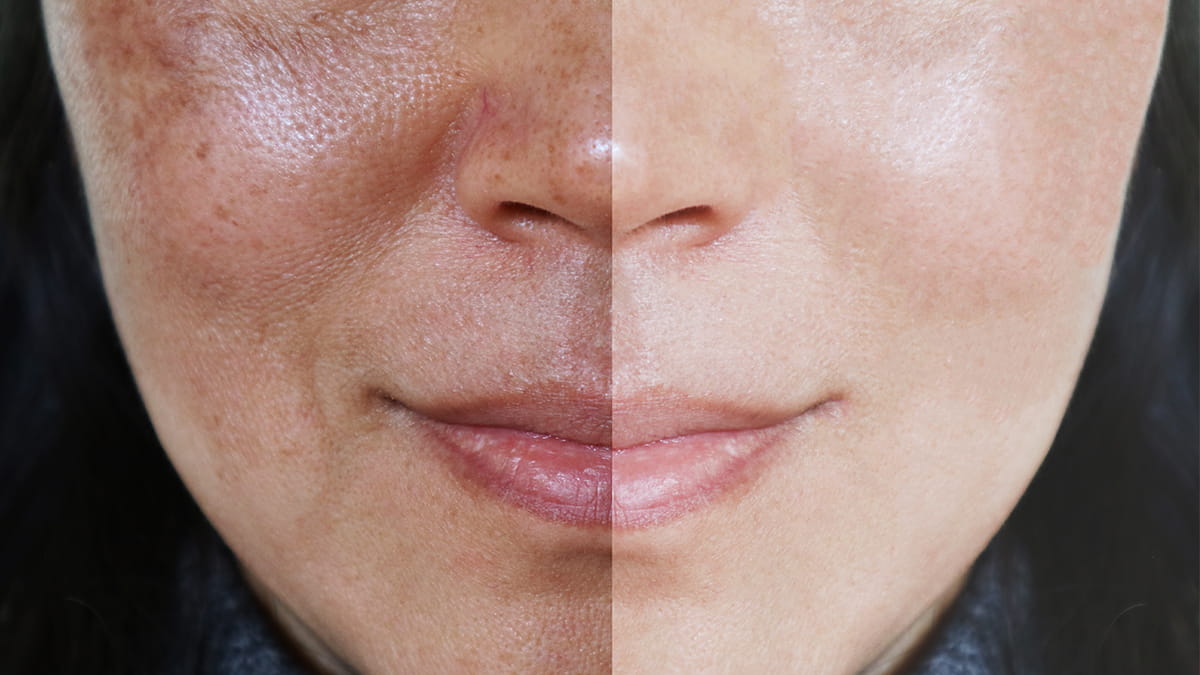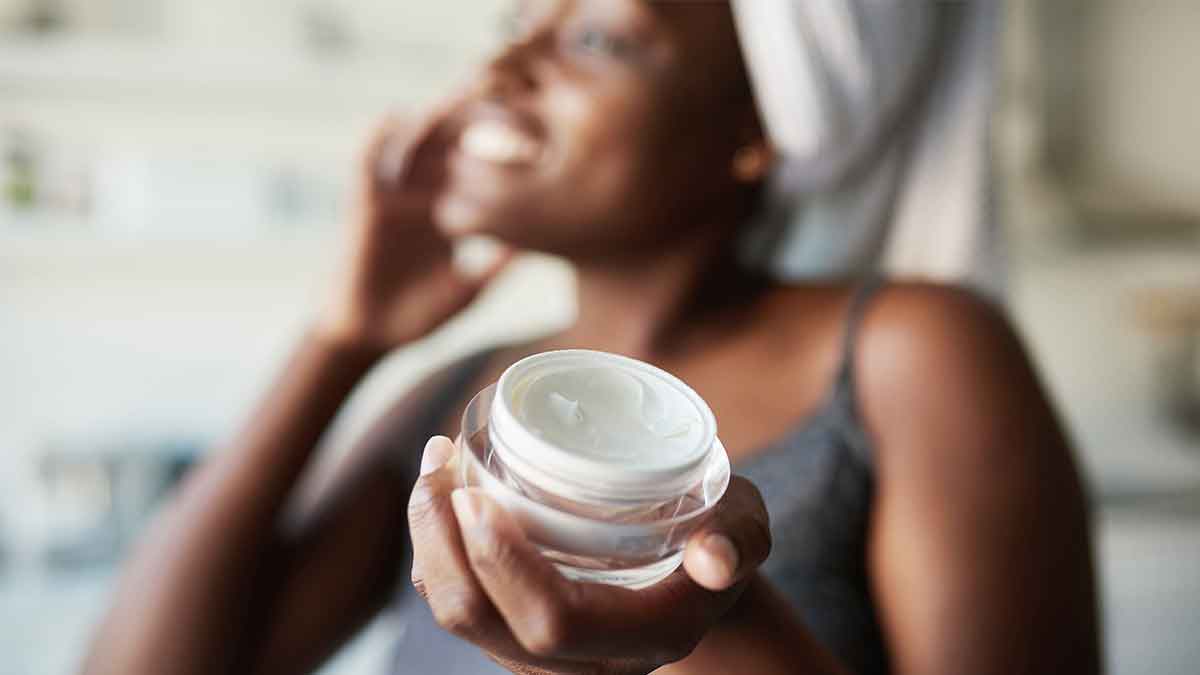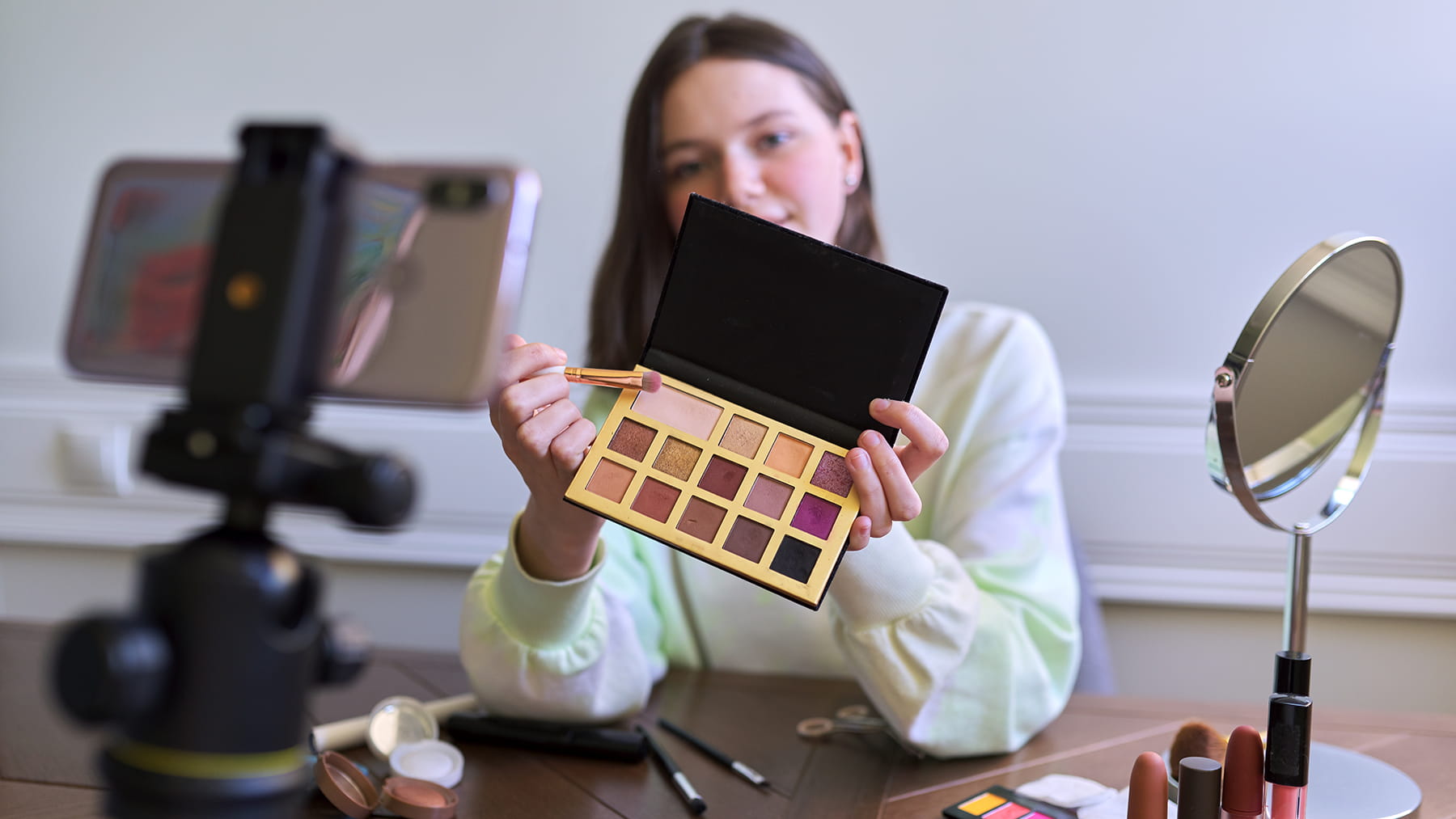Are you allergic to the sun?
 When you think of environmental allergens, pollen, grass and ragweed probably come to mind. But there’s another environmental allergen that affects up to 20 percent of the U.S. population. It’s an allergic reaction to the sun called polymorphous light eruption (PMLE).
When you think of environmental allergens, pollen, grass and ragweed probably come to mind. But there’s another environmental allergen that affects up to 20 percent of the U.S. population. It’s an allergic reaction to the sun called polymorphous light eruption (PMLE).
People with PMLE get a rash when their skin is exposed to UV rays in sunlight or tanning beds. The type of rash varies from person to person, but it’s usually itchy. The rash can be in the form of blisters, red bumps, or red and scaly. The type of rash will always be the same in each person.
What causes sun allergy?
We don’t know what causes PMLE, but we know that people who live in northern climates are at greater risk. That’s because PMLE occurs in areas of the body that aren’t exposed to the sun during the winter. So you won’t get it on areas that are exposed to the sun throughout the year, like your face and hands. But when you start wearing V-neck and tank tops, the rash will appear in the chest area.
PMLE can affect anyone, but most commonly it’s seen in 20- to 30-year-old females and becomes persistent. If you have a family history, there’s a higher risk of you having it but it’s not a genetic condition.
How will you know you have it?
You’ll notice an itchy rash appear as the weather becomes warmer. The rash will last for a few days and recur after your next sun exposure. The rash usually gets better throughout the summer due to ongoing sun exposure.
How can I prevent sun allergy rashes?
We recommend sun avoidance. If you’re going to be outside, use a physical blocker sunscreen with zinc oxide or titanium dioxide. They block UVA and UVB rays more effectively than chemical blocker sunscreen. Wear sun protective or regular clothing such as hats and light long sleeve tops to shield your body from the sun.
How is sun allergy treated?
There is no cure for PMLE. When prevention isn’t enough, our first line of treatment is with topical steroids. These prescription creams decrease the reaction and the inflammation in the skin. It can make the rash go away faster and be less itchy.
The next step is a medicine called Plaquenil (hydroxychloroquine). It’s an anti-malaria drug that is used in dermatology quite a bit. It can help prevent the flare ups. It takes six to eight weeks to kick in, so you’d take it at least two months before sun exposure and then throughout the summer.
The other option is something called skin hardening with phototherapy in which you slowly expose rash prone areas of skin to UVB rays in the dermatology office. It’s done following a protocol in which we start very low and then slowly increase UV exposure to gradually expose your skin to the sun, so when you’re outdoors during the summer, you don’t get the rash. This approach aligns with the theory as to why our hands and face don’t get this condition. It would have to be done every year, with several weeks to a few months of buildup prior to sun exposure.
What’s the long-term impact of sun allergy?
Fortunately, there’s no risk of permanent damage other than normal sun damage anyone with or without this condition would have.
Jennifer Sopkovich is a dermatologist at The Ohio State University Wexner Medical Center.




